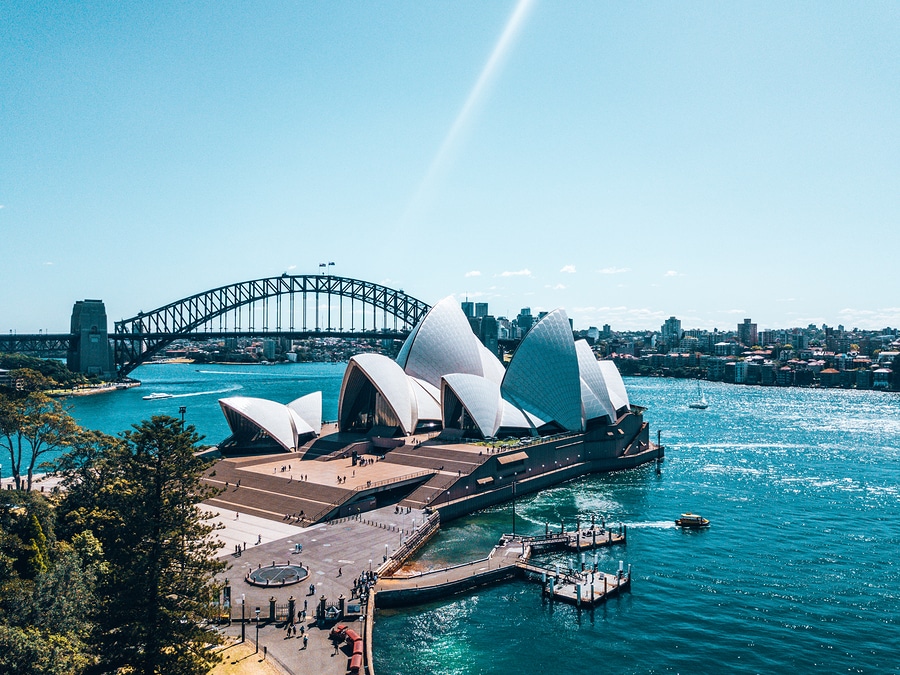[ezcol_1half]An indigenous medical centre in south-west Sydney, which faced closure 15 years ago, is now seeing health improvements for its clients beyond those among non-indigenous Australians in some aspects. The Tharawal Aboriginal Corporation’s Aboriginal Medical Service provides a range of services including cardiology, endocrinology, renal medicine, immunology, podiatry, and dentistry.
[/ezcol_1half] [ezcol_1half_end] [/ezcol_1half_end]
[/ezcol_1half_end]
On-site specialists are available along with general practitioners and an allied health team offering speech pathology and occupational therapy. There is also a hearing clinic, optometry and mental health services.
The integrated approach of the centre is believed to be a contributing factor to its success. Dietetics work with medical staff to advise patients on the nutritional requirements for managing chronic health conditions and clients of the service can purchase fruit and vegetable boxes at a reasonable price. The centre features a community kitchen, exercise classes, and drug and alcohol programs.
Indigenous people who avail themselves of groups offered by the centre, such as the men’s group or sewing group, are encouraged to seek regular medical care in an informal setting. Consequently, more conditions are being detected and treated sooner, babies are being born at a healthier weight and the childhood immunisation rate is 20-40% higher than in many non-indigenous communities.
Around 5000 patients visit the centre each year, many of them on a regular basis. The holistic approach of the centre means that clients can also meet with visiting legal aid and Centrelink staff.
Prime Minister responds to 11th Closing the Gap Report
In a statement last week the Australian Prime Minister acknowledged that only two of seven targets under the Closing the Gap framework were on track and pledged more focus and funding for Indigenous education to improve school attendance. As part of that focus, the Australian Government has announced an initiative to waive the student debts of teachers who work for four years in very remote communities. The initiative is estimated to benefit more than 3,000 teachers and 300 schools. However, advocacy groups argue that the majority of indigenous people live in regional areas and cities. They want to see the waiving of debts extended to health workers and other frontline staff and more training and support for Aboriginal teachers and nurses.
There have been limited improvements in closing the gap in life expectancy and child mortality rates. In his statement, the Prime Minister recommended that Indigenous people have more say on how programs are delivered in their communities and that the government should support initiatives led by Aboriginal and Torres Strait Islander communities which address issues identified as a priority in their community.
